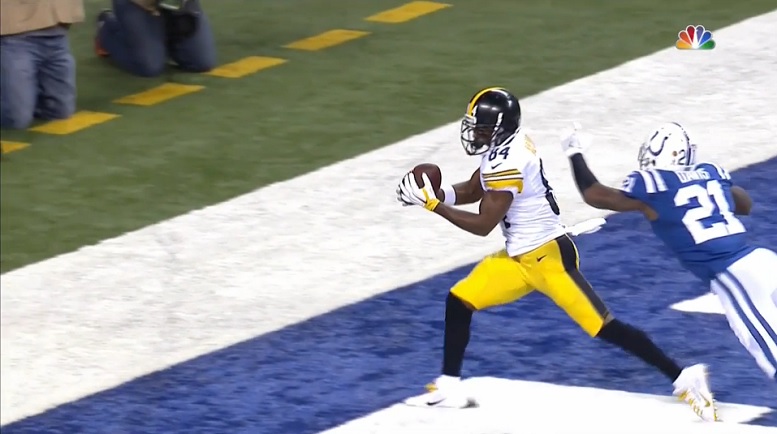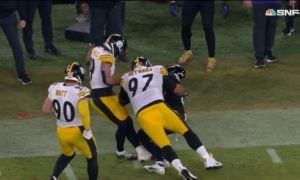One of the things that the New York Giants have not done particularly well this season—and there are many on the offensive side of the ball, considering that they average just 21 points per game—is connecting on a high volume of deep passes. And the Pittsburgh Steelers are actually above average this season in preventing explosive plays through the air.
That would seem to bode well for the home team, which has only given up the seventh-fewest passing plays of 20 yards or more in the NFL. The Giants have only connected on 32 explosive passing plays this season, which ranks 21st in the league—and 13 of those explosive plays have come on short passes.
On the other hand, New York has picked up nine passing plays this season of at least 40 yards, which is the fifth-most in the NFL, five of which have come on deep passes, and four on short passes. The Steelers’ six passing plays of 40 yards or more allowed falls somewhere in the middle of the pack.
Part of the reason that the Giants are below average when it comes to recording explosive plays is because they deal with a quick-hitting offense that relies upon short passes, which is why he has already thrown 413 passes on the season and is on pace to throw over 600 passes on the year for the third consecutive season—and the third time in his career—all under Ben McAdoo, first as offensive coordinator, and now as head coach.
On the flip side, the Steelers have had one of the most explosive passing offenses this season, even while Ben Roethlisberger had been dealing with a knee injury for a few weeks that kept him out of one game and limited his effectiveness in two or three others.
The Steelers have still connected on 42 explosive plays through the air this season, which ranks sixth in the league. And the Giants have given up 41 explosive plays through the air, which also ranks sixth in the league—sixth-most in the league, that is.
At least by simply looking at the numbers in this game, it would appear as though the offenses sync up nearly perfectly with the opposing defenses to allow them to perform as they have on average over the course of the season—with the Giants having 32 explosive plays to Pittsburgh’s 31 allowed, and the Steelers’ 42 passing plays to the Giants’ 41 allowed.
Pittsburgh on the season is averaging roughly four explosive passing plays per game, rounded up from 3.8, while the Giants are allowing approximately that many per game. The Giants are averaging roughly three explosive passing plays per game, while the Steelers are allowing roughly three.
Will the game actually play out the way that the averages suggest? The Steelers hit on five explosive plays in their final game heading into this one. The Giants had three against the Browns. Will that one explosive play end up being the difference?








